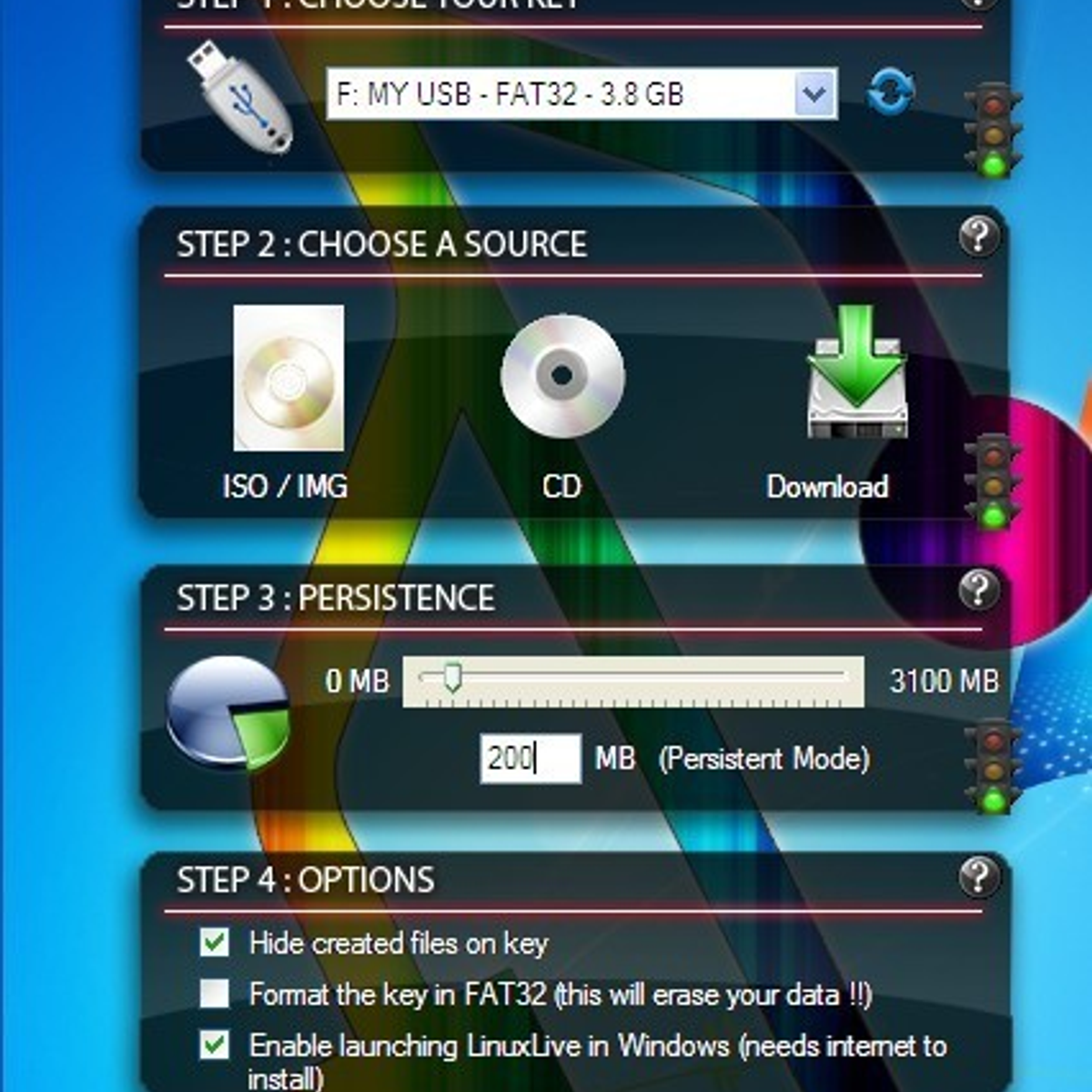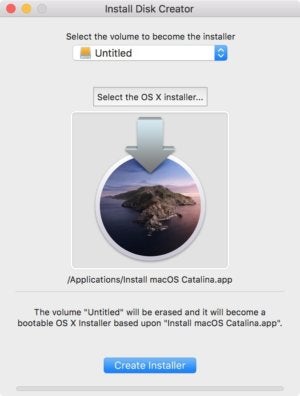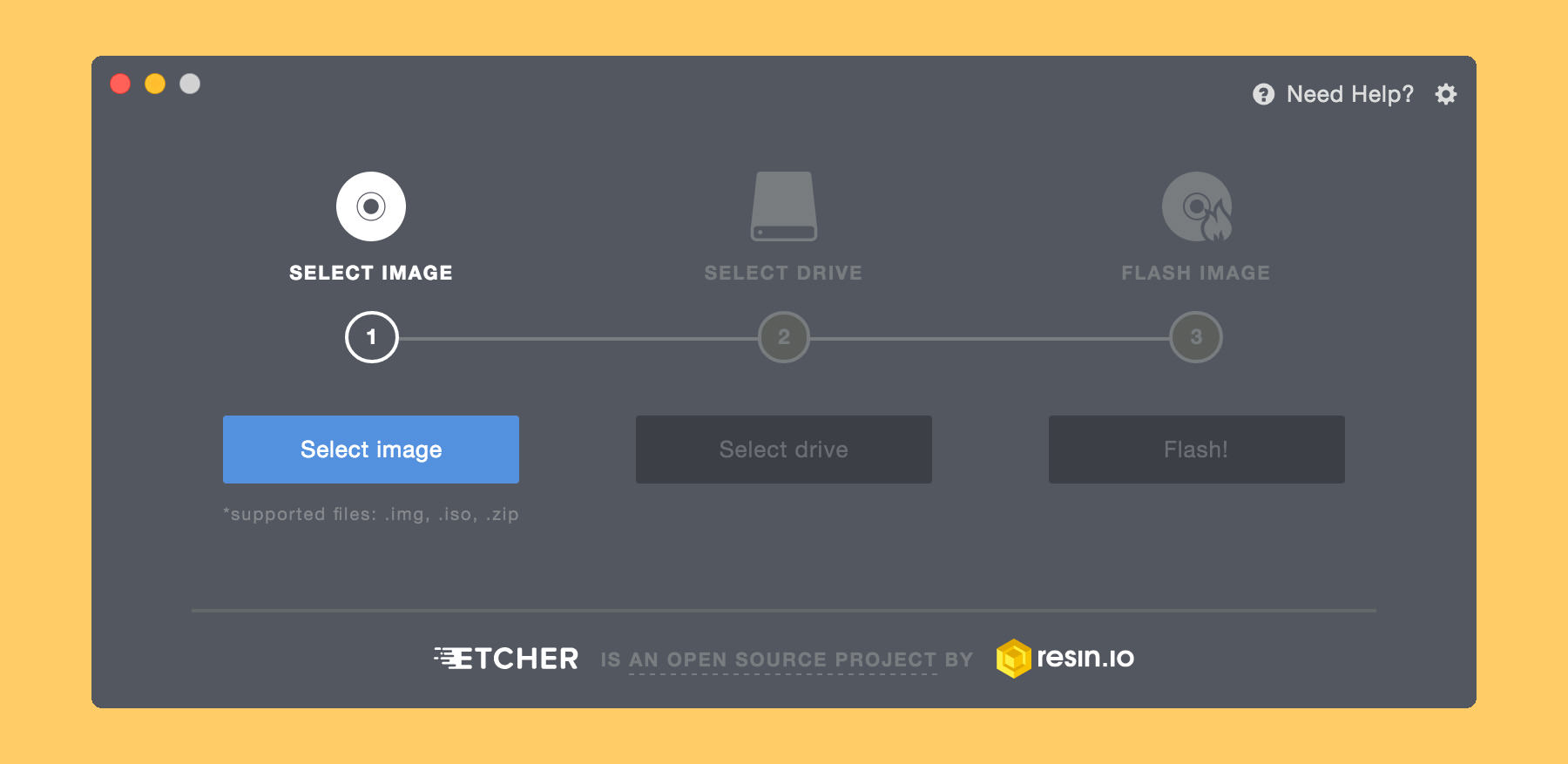That is, the bootable Ubuntu USB can be used as live USB as well. If you are on Windows 10, you can easily create an Ubuntu bootable USB. While you can prepare the Ubuntu bootable USB right from the Command Prompt without using any third-party utilities, you can use the popular Rufus software to easily prepare the bootable USB of Ubuntu on. The creation of a bootable USB drive is one of the easiest ways to try and install Linux on PCs. This is because most new machines no longer have a DVD drive. In comparison, USB drives are conveniently accessible and less sensitive than CDs/DVDs. Learn here to create Kali Linux Bootable USB using Rufus in Windows 10.
- Image via arstechnica.net Step 4: Drag your USB (or a Dual-Layer DVD) drive from the list on the left into the 'Destination' box and click 'Restore' (or just click the 'Burn' button in the upper left if you're using a Dual-Layer DVD) and in 10-30 minutes (depending on whether you're using USB 2.0 or 3.0) you'll have your backup disk ready to instal on as many Macs as you like.
- We'll show you to create a bootable USB flash drive with the Windows 10 installer from a Mac. It's easier than you think, thanks to the built-in Boot Camp Assistant from Apple. Download Windows 10.
With a bootable Ubuntu USB stick, you can:
Mac Create Bootable Usb App

- Install or upgrade Ubuntu, even on a Mac
- Test out the Ubuntu desktop experience without touching your PC configuration
- Boot into Ubuntu on a borrowed machine or from an internet cafe
- Use tools installed by default on the USB stick to repair or fix a broken configuration
Creating a bootable USB stick is very simple, especially if you’re going to use the USB stick with a generic Windows or Linux PC. We’re going to cover the process in the next few steps.
Mac App To Create Bootable Usb From Iso
Apple hardware considerations

Best App To Create Bootable Usb On Mac
There are a few additional considerations when booting the USB stick on Apple hardware. This is because Apple’s ‘Startup Manager’, summoned by holding the Option/alt (⌥) key when booting, won’t detect the USB stick without a specific partition table and layout. We’ll cover this in a later step.

